John E. Morris - Subway: The Curiosities, Secrets, and Unofficial History of the New York City Transit System
Here you can read online John E. Morris - Subway: The Curiosities, Secrets, and Unofficial History of the New York City Transit System full text of the book (entire story) in english for free. Download pdf and epub, get meaning, cover and reviews about this ebook. year: 2020, publisher: Black Dog & Leventhal, genre: Politics. Description of the work, (preface) as well as reviews are available. Best literature library LitArk.com created for fans of good reading and offers a wide selection of genres:
Romance novel
Science fiction
Adventure
Detective
Science
History
Home and family
Prose
Art
Politics
Computer
Non-fiction
Religion
Business
Children
Humor
Choose a favorite category and find really read worthwhile books. Enjoy immersion in the world of imagination, feel the emotions of the characters or learn something new for yourself, make an fascinating discovery.

- Book:Subway: The Curiosities, Secrets, and Unofficial History of the New York City Transit System
- Author:
- Publisher:Black Dog & Leventhal
- Genre:
- Year:2020
- Rating:4 / 5
- Favourites:Add to favourites
- Your mark:
Subway: The Curiosities, Secrets, and Unofficial History of the New York City Transit System: summary, description and annotation
We offer to read an annotation, description, summary or preface (depends on what the author of the book "Subway: The Curiosities, Secrets, and Unofficial History of the New York City Transit System" wrote himself). If you haven't found the necessary information about the book — write in the comments, we will try to find it.
A dynamically written visual history of the worlds largest transit system in all its intriguing, colorful, and even seedy glory packed with compelling information, as well as fascinating graphics and illustrations.
New York wouldnt be New York without the subway. This one-time engineering marvel that united and expanded the city has been a cultural touchstone for the last 114 years.
Subway is a complete, concise history of the transit system, from the technical obstacles and corruption which impeded plans for an underground rail line in the late 1800s, to the current state of the systems and plans for the future. Interspersed throughout are sidebars and stand-alone sections including profiles of characters who helped make the subway what it is today; graphics and imagery showing the evolution of subway cars, tokens and MetroCards, graffiti, and even subway etiquette ads; how the subway has been characterized in movies, television, and music; a look at abandoned cars and stations and more.
A passion project for writer and train-buff John Morris, he brings wit and a journalists instinct to the book, grabbing readers attention with fascinating facts and anecdotes, conveying a sense of wonder and fun about the worlds largest transit system. With engrossing imagery and a dynamic design, Subway will be a visual feast and must-have gift book for history buffs and train fanatics.
John E. Morris: author's other books
Who wrote Subway: The Curiosities, Secrets, and Unofficial History of the New York City Transit System? Find out the surname, the name of the author of the book and a list of all author's works by series.

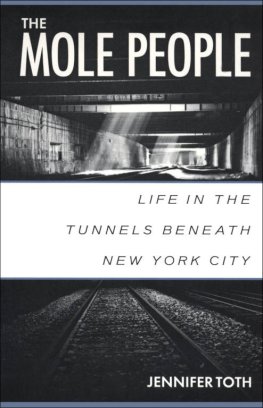
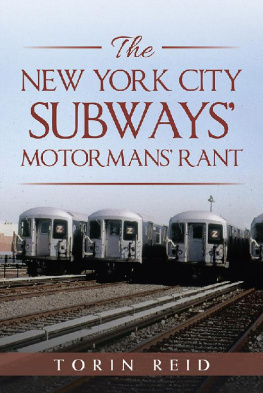
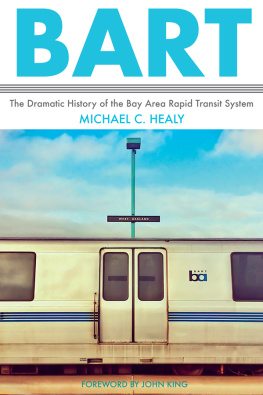
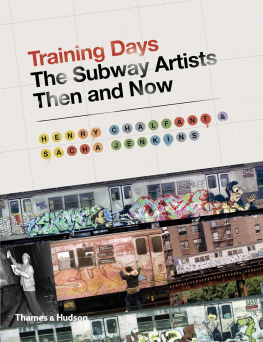
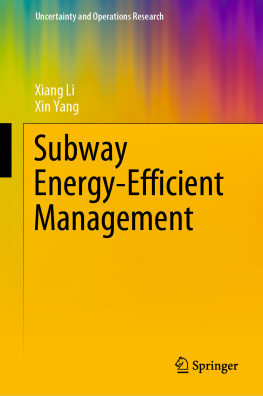
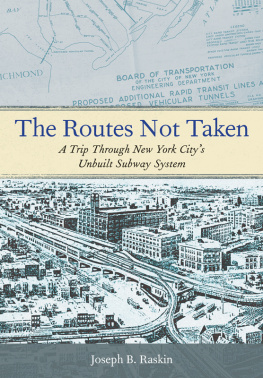
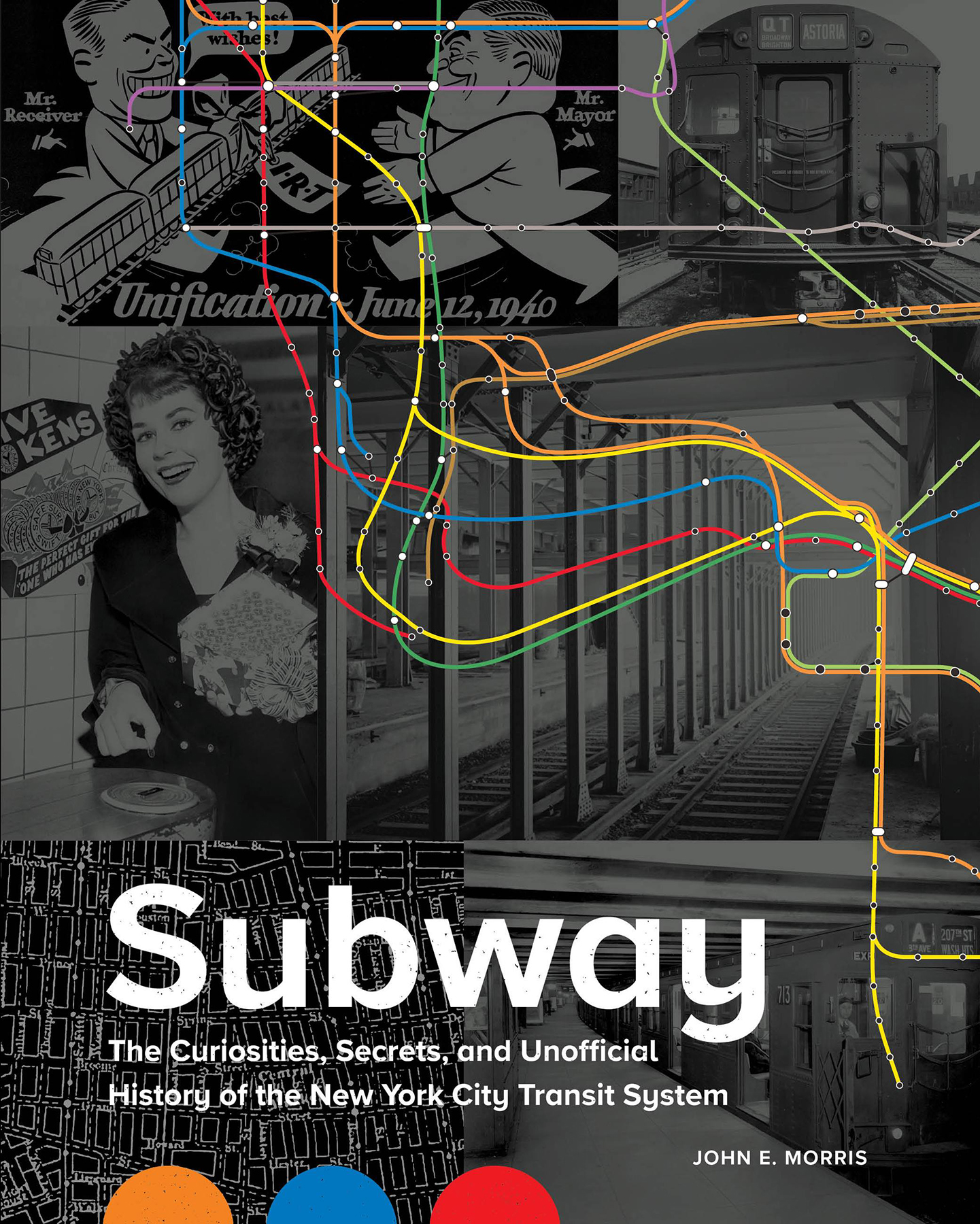
 Times Square42nd Street(A, C, E, N, Q, R, S, W, 1, 2, 3, 7)62 million passengers annually
Times Square42nd Street(A, C, E, N, Q, R, S, W, 1, 2, 3, 7)62 million passengers annually Grand Central (S, 4, 5, 6, 7)43 million
Grand Central (S, 4, 5, 6, 7)43 million 34th StreetHerald Square (B, D, F, M, N, Q, R, W)37.1 million
34th StreetHerald Square (B, D, F, M, N, Q, R, W)37.1 million